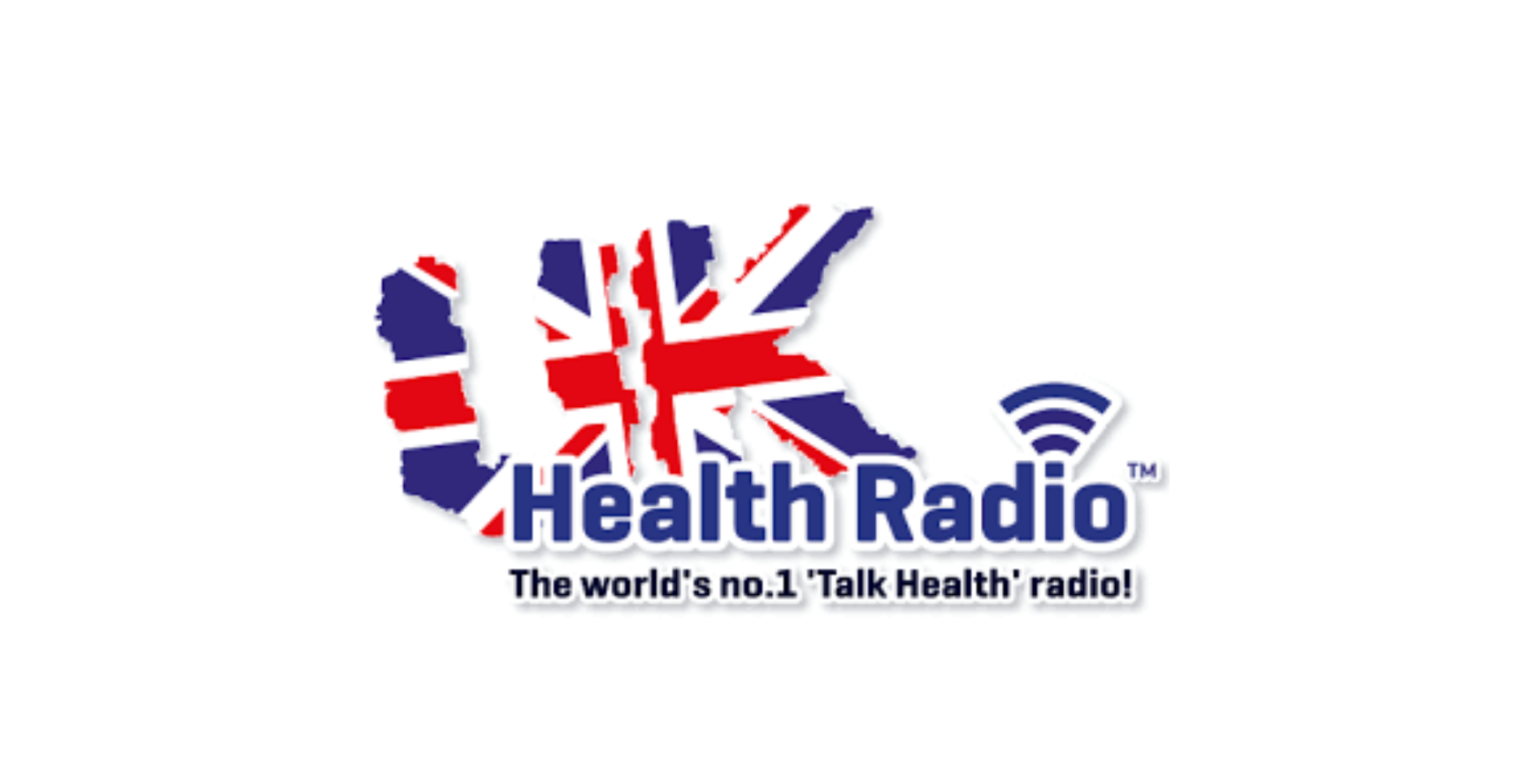Understanding Insulin Resistance: Reversing Type 2 Diabetes and Boosting Longevity with Dr Morgan Nolte
Reading time: 8 minutes
In this week’s podcast, I’m joined by the brilliant Dr Morgan Nolte, a geriatric physical therapist turned disease prevention advocate. Together, we delve into one of the most misunderstood yet crucial topics in health: insulin resistance. This condition, often undetected, is the silent precursor to type 2 diabetes, heart disease, and even dementia—and it affects far more people than we realise.
Dr Nolte shares her expertise on the mechanisms behind insulin resistance, the warning signs to look out for, and actionable strategies to reverse it. Whether you’re looking to optimise your energy, improve metabolic health, or future-proof your body against chronic disease, this episode is a goldmine of insight.
What We Discuss:
- What insulin resistance really is: How it develops silently and progresses to type 2 diabetes over time. (2:04)
- The hidden epidemic: Why 88% of adults unknowingly have some degree of insulin resistance, even with “normal” blood sugar levels. (6:39)
- Key early warning signs: Symptoms like fatigue, high blood pressure, stubborn weight gain, and skin changes you shouldn’t ignore. (13:54)
- The critical role of fasting insulin tests: Why fasting glucose and HbA1c aren’t enough—and how to take control of your health with the right tests. (8:41)
- Practical dietary strategies: Balancing protein, fibre, and healthy fats to stabilise blood sugar and improve insulin sensitivity. (18:43)
- The power of movement: Why walking after meals can be more effective than a single daily workout for regulating blood sugar. (34:11)
- How stress and sleep affect your blood sugar: The link between cortisol, cravings, and insulin spikes—and how to break the cycle. (42:46)
Why Insulin Resistance Matters
Insulin resistance is like a dimmer switch: it starts subtly and worsens over time. At first, your pancreas produces more insulin to compensate, but eventually, your cells stop responding, blood sugar rises, and chronic disease takes root. Dr Nolte explains it simply: “Insulin resistance, prediabetes, and type 2 diabetes are all the same condition at varying stages. The sooner we detect it, the sooner we can reverse it.”
Early Warning Signs to Watch
Before blood sugar levels rise, your body often sends signals:
- High blood pressure: Elevated insulin causes water retention and blood vessel constriction.
- Fatigue and brain fog: When your brain becomes insulin-resistant, it struggles to access energy.
- Weight gain or stubborn belly fat: Insulin, as your body’s storage hormone, promotes fat accumulation.
- Skin changes: Skin tags or dark, velvety patches (acanthosis nigricans) can indicate rising insulin levels.
- Cravings for carbs and sugar: A hallmark of your cells struggling to absorb energy.
Key Tools for Detecting Insulin Resistance
In the UK, fasting insulin tests can be tricky to access, but they’re worth the effort. Dr Nolte explains: “Fasting insulin levels rise up to two decades before blood sugar does. Aim for a level below 6.”
Alternatively, you can calculate your HOMA-IR score, which combines fasting glucose and fasting insulin to give a picture of your insulin sensitivity. Continuous glucose monitors (CGMs) are also an excellent tool for real-time feedback.
Reversing Insulin Resistance: Dr Nolte’s Top Strategies
1. Prioritise Protein
- Aim for 30–50g per meal, including lean meats, fish, eggs, or plant-based alternatives. Protein stabilises blood sugar and helps build muscle—a critical "metabolic sink" for glucose.
- For vegetarians: Increase intake to 40g per meal due to the lower bioavailability of plant-based proteins and consider supplementing with essential amino acids.
2. Embrace Healthy Fats
- Add healthy fats like avocados, olive oil, and nuts to keep blood sugar stable. Unlike carbs, fats don’t trigger insulin spikes.
3. Manage Carbohydrates Strategically
- Limit high-sugar fruits like bananas, watermelon, and grapes. Opt for low-sugar, high-fibre options like berries and non-starchy vegetables.
- Use timing hacks: Eat carbs after exercise when your muscles are primed to absorb glucose without relying on insulin.
4. Incorporate Strength Training
- Build muscle with moderate-to-high-intensity strength training twice a week. Challenge yourself to reach muscle fatigue in 10–12 reps.
- Dr Nolte offers free beginner-friendly strength training resources on her YouTube channel.
5. Walk After Meals
- A simple 10–15 minute walk after eating can dramatically reduce post-meal blood sugar spikes, even more effectively than a longer daily workout.
6. Optimise Stress and Sleep
- Stress raises cortisol, which triggers blood sugar spikes and carb cravings. Incorporate stress management techniques like mindfulness or deep breathing.
- Prioritise sleep: Aim for 7–9 hours to regulate hunger hormones and support insulin sensitivity.
Take Charge of Your Health
As Dr Nolte passionately reminds us, reversing insulin resistance is entirely possible with consistent lifestyle changes. Whether it’s adjusting your diet, building muscle, or addressing stress and sleep, small steps can lead to profound transformations.
Resources to Explore
- Dr Morgan Nolte’s Free Blood Sugar Bootcamp: A step-by-step guide to lowering blood sugar through simple lifestyle changes.
- Reshape Your Health Podcast: Weekly inspiration on reversing chronic disease and building healthy habits.
- YouTube Playlist: Insulin Resistance for Beginners: Practical tips for understanding and managing insulin resistance.
Visit https://www.zivli.com for more information and to join her upcoming programmes.
Final Thoughts
If you’ve been feeling sluggish, struggling to lose weight, or battling sugar cravings, now is the time to act. By focusing on small, sustainable changes, you can prevent chronic disease, regain energy, and set yourself up for a longer, healthier life.
Take charge. Your future self will thank you!





















